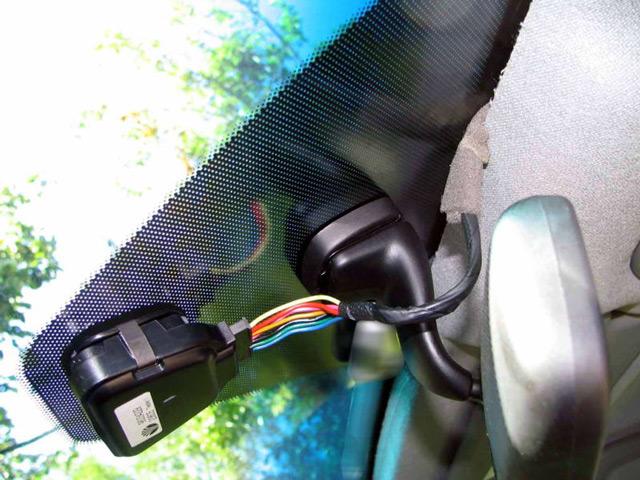
What is a rain sensor and how does it work in a car
Content
Rain sensors detect light reflected inside the windshield, so if there were more raindrops on the windshield, less light would be reflected back to the sensor.
The sensors and cameras that automakers have recently added to their vehicles now have new features and make the car safer than ever before.
The rain sensor is one of the sensors that most help drivers drive in difficult weather conditions.
What is a rain sensor?
Rain sensors are a driving assistance system that detects raindrops hitting the windshield so the wipers activate in a fraction of a second to help the driver improve visibility.
With this system, the driver no longer has to worry about turning on the wipers manually when it starts to rain, thanks to the rain sensors.
How does a rain sensor work in a car?
Your car's sensors can tell when it's raining by measuring the amount of raindrops on your windshield.
Here's how your car's windshield rain sensors work: The car detects how much rain has hit the windshield and speeds up the windshield wipers based on the amount of rain it detects. The sensor itself is mounted on a special bracket behind the rear-view mirror of the car and passes through the roof.
Where is my rain sensor?
If you look inside your car from the outside, the sensor will be located behind the rearview mirror, and you can tell it's a sensor because a strip of lens or film will appear on the outside. The rain sensor is also usually next to the light sensor.
What happens when the windshield cracks or breaks?
If the rain sensor is not damaged when you use auto glass services, be sure to tell your auto glass specialist so they can return it when you replace your windshield.

